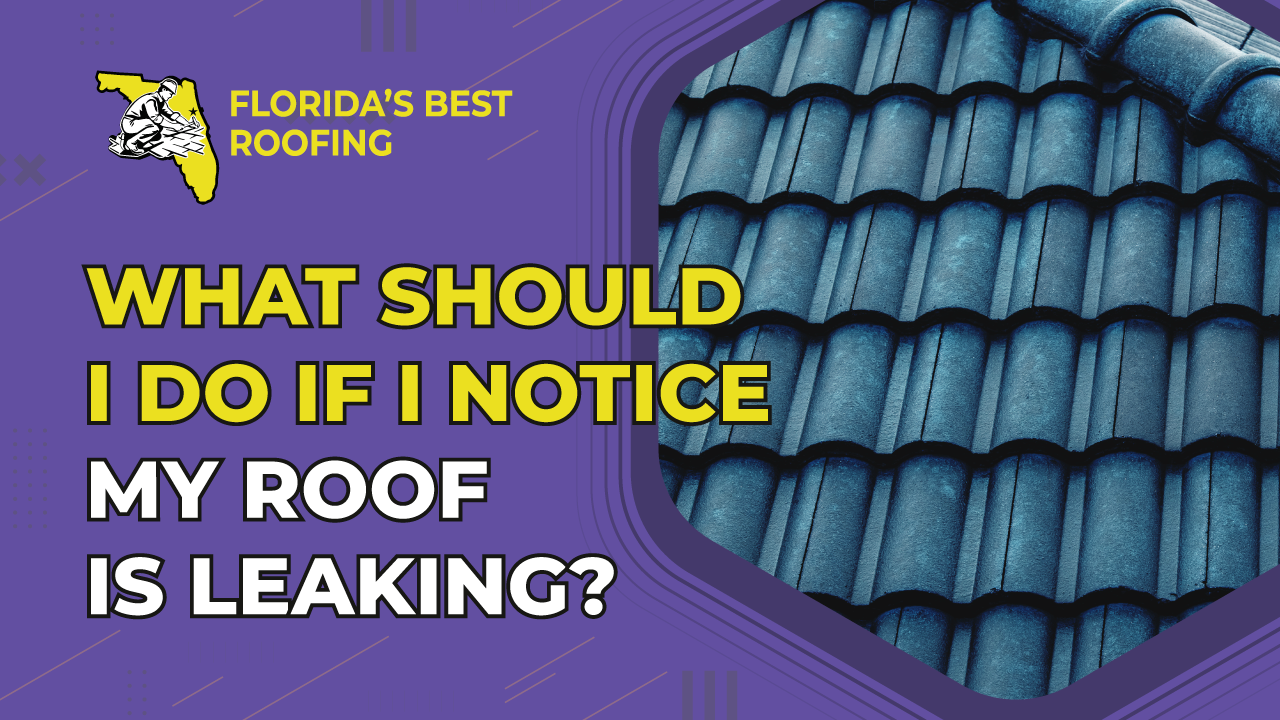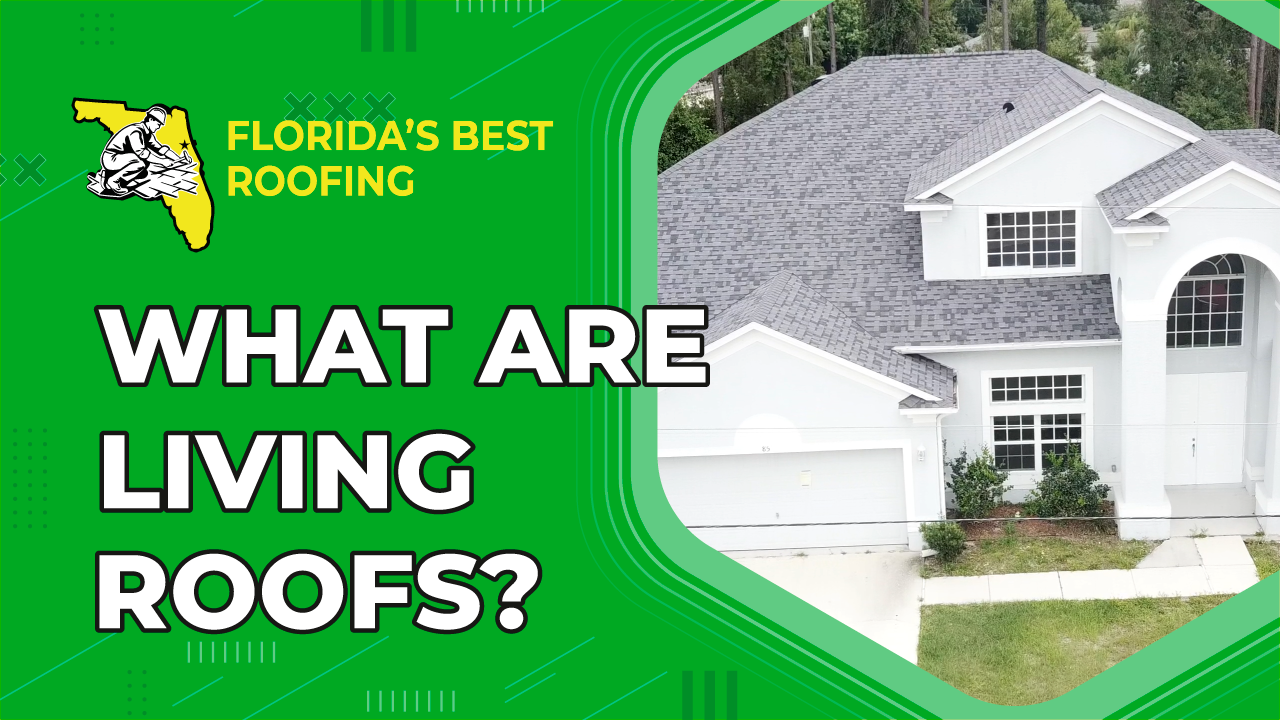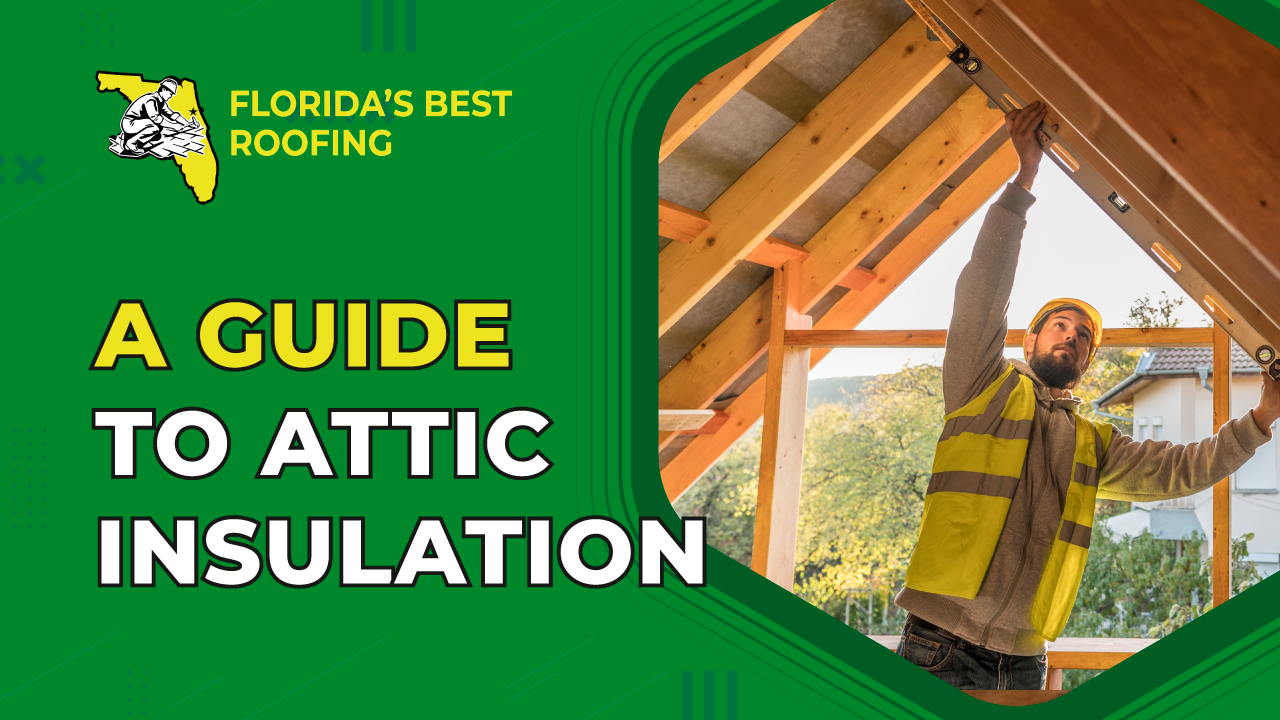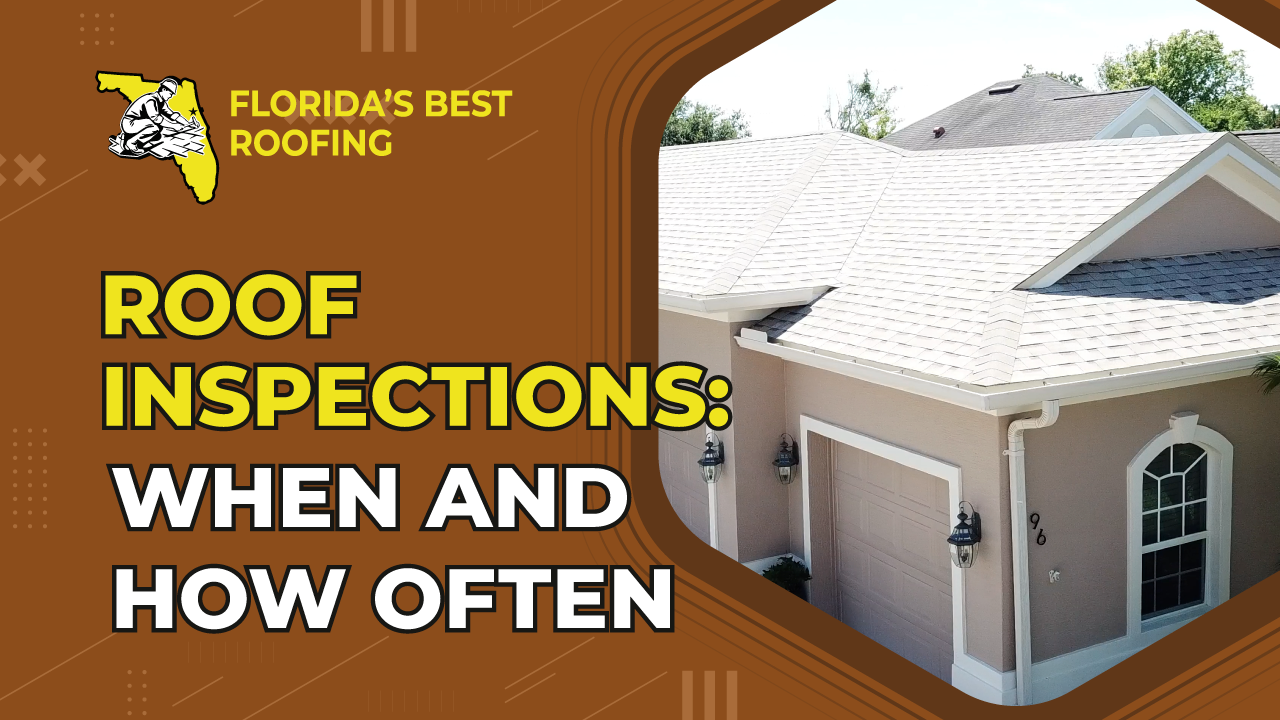The Impact of Roof Condition on Buying or Selling a House
When it comes to buying or selling a house, there are many factors to consider. Location, size, layout, and price are all critical elements that potential buyers and sellers weigh carefully. However, one often overlooked but highly significant aspect of a home is the condition of its roof. The roof of a house can have a profound impact on the buying and selling process. In this blog post, we’ll explore why the roof matters, what to look for, and how it can influence your decision when buying or selling a house.
Curb Appeal and First Impressions
First impressions matter, and the roof is one of the most visible parts of a house. When potential buyers approach a property, the condition of the roof can greatly influence their initial impression. A well-maintained roof enhances the overall curb appeal, making the house look more inviting and well-cared for. Conversely, a deteriorating or damaged roof can turn potential buyers away before they even step inside.
Buyers are more likely to be drawn to a home with a roof that appears to be in good condition. They may assume that if the roof looks great, other aspects of the property are also well-maintained. In contrast, a shabby roof can raise concerns about the overall condition of the house, making it harder to sell and potentially driving down the sale price.
The Importance of Inspection
A crucial step in both buying and selling a house is the home inspection. A professional inspector will thoroughly assess the condition of the property, including the roof. Any issues identified during this inspection can have a significant impact on the negotiation process.
For Sellers:
Addressing Roof Issues: If the inspection reveals problems with the roof, it’s in the seller’s best interest to address these issues before listing the property. Repairing or replacing the roof can not only increase the sale price but also attract more potential buyers.
Transparency: It’s essential for sellers to be transparent about the roof’s condition. Hiding or downplaying roof issues can lead to legal problems down the line if the buyers discover them after the sale.
For Buyers:
Negotiating Power: If the roof requires repairs or replacement, this can provide buyers with negotiating power. They can request that the seller either fix the roof before closing or reduce the asking price to account for the necessary repairs.
Future Expenses: Understanding the condition of the roof is crucial for buyers as it helps them assess potential future expenses. A new roof may not be an immediate concern, but knowing when it might need replacement can help buyers plan for future maintenance costs.
Roofing Materials and Longevity
The type of roofing material used can significantly impact the lifespan and maintenance requirements of a roof. Different materials have varying degrees of durability and maintenance needs, which can influence a buyer’s decision.
For Sellers:
Roofing Upgrades: If you have recently replaced the roof with high-quality, long-lasting materials such as metal or clay tiles, this can be a significant selling point. Buyers may be willing to pay a premium for a low-maintenance, durable roof.
Maintenance Records: Keeping records of roof maintenance and repairs can demonstrate to buyers that the roof has been well taken care of and is less likely to present problems in the future.
For Buyers:
Assessing Future Costs: Understanding the roofing material and its condition allows buyers to estimate future maintenance costs. For example, asphalt shingle roofs typically need replacement every 20-30 years, while metal roofs can last 50 years or more. This information can influence their decision-making process.
Energy Efficiency: Some roofing materials offer better insulation and energy efficiency than others. Buyers concerned about energy costs may favor homes with energy-efficient roofing materials.
The Impact on Home Value
The condition of the roof can have a direct impact on the perceived and actual value of a home. A well-maintained roof can increase a property’s market value, while a deteriorating one can lead to a decrease.
For Sellers:
Investment in Roofing: Investing in roof repairs or replacement before listing the property can yield a higher sale price. A new roof is often considered a valuable improvement that can justify a higher asking price.
Competitive Advantage: In a competitive market, a house with a newly installed roof can stand out and attract more potential buyers. It may even sell faster than similar properties with older roofs.
For Buyers:
Bargaining Power: If the roof requires significant repairs or replacement, buyers can use this as a bargaining point to negotiate a lower sale price. They can also request that the seller cover the cost of necessary repairs.
Future Costs: Understanding the condition of the roof is crucial for buyers to avoid unexpected expenses shortly after moving in. They can budget for potential roof-related expenses and make an informed decision about whether the property fits within their budget.
Conclusion
The condition of a house’s roof is a critical factor that can significantly impact both the buying and selling process. Sellers should ensure their roofs are in good shape to enhance curb appeal and attract potential buyers. Buyers, on the other hand, should pay close attention to the roof’s condition during inspections to avoid future headaches and expenses.
Ultimately, the roof plays a vital role in determining a home’s overall value and desirability. It’s an investment that can pay off for both sellers and buyers, making it a crucial consideration in the real estate market. So, whether you’re buying or selling, don’t overlook the importance of the roof—it could be the key to a successful transaction.
If you have any questions about roofs or need a roof repair, we would be happy to help you out. Florida’s Best Roofing, Inc. is a fully licensed (CCC 1325974) and insured, local roofing contractor with decades of experience. If you are interested in roof replacement or repair and you are in the Palm Coast, Flagler, or Volusia area, please give us a call at 386-263-7906 for a free estimate!












